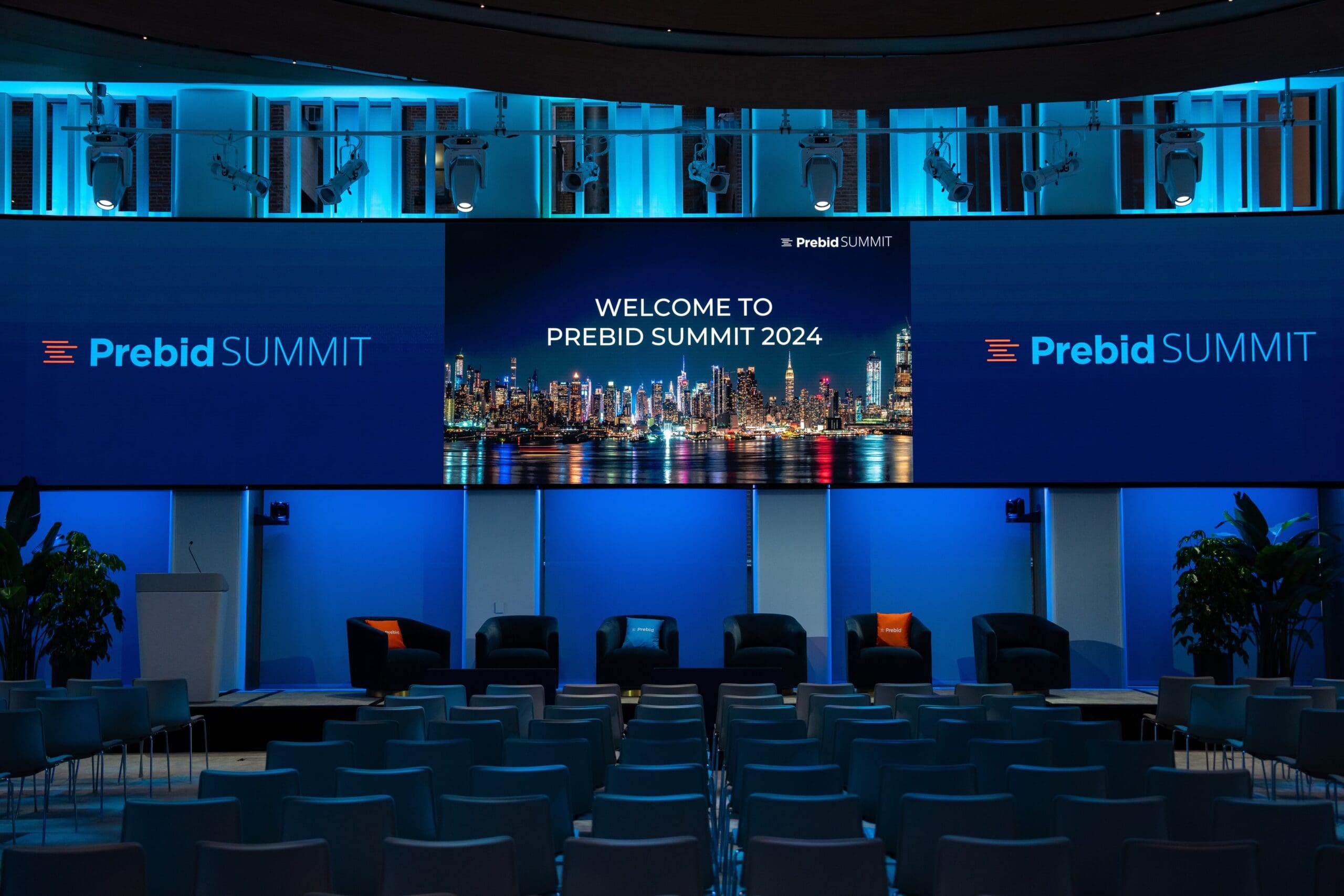Part I: Overview of Traffic Decline
Google’s Search Generative Experience (SGE) is significantly altering user interaction with search results by providing AI-generated answers directly on the search page. This reduces the need for users to visit publisher websites, leading to a notable decline in organic search traffic. According to Search Engine Land, estimates suggest this could result in a 20% to 60% decline, potentially causing up to $2 billion in lost digital ad revenue annually.
Financial Impact on Publishers
For publishers, this decline in organic traffic translates to significant financial implications. Digital ad revenue, a major income source, is at risk. For example, a publisher generating $10 million annually from digital ads could see a $2.5 million revenue loss if traffic drops by 25%. This underscores the urgency for publishers to reassess their revenue strategies in response to SGE.

The chart from SparkToro shows that Google dominates web traffic referrals, accounting for 63.41% of traffic, which underscores the significant financial impact on publishers due to changes in Google’s search algorithms.
Raptive’s Research Findings
Raptive, who manages ad sales for sites like Half Baked Harvest and MacRumors, conducted analyses comparing current Google SERPs with the new SGE results for top traffic-driving keywords. Their studies indicate an average traffic loss of 25% when SGE is fully implemented. Marc McCollum, Raptive’s Executive Vice President of Innovation, highlighted the substantial threat to digital publishing’s financial stability.
Strategic Adaptations for Traffic Loss
To counteract SGE’s impact, publishers must adapt their strategies. This involves optimizing content to be featured within SGE results by focusing on comprehensive, well-researched articles. Incorporating expert insights, multimedia elements, and authoritative sources can increase the chances of being featured in SGE results. Additionally, exploring alternative revenue models like subscriptions, sponsored content, and brand partnerships can help mitigate the financial impact of reduced search traffic.
Part II: New Visibility Challenges
SGE significantly alters the competitive landscape by changing how search results are displayed. According to Authoritas, 62% of SGE links come from domains outside the top 10 organic results, pushing even top-ranking sites further down the page. When an SGE box is expanded, the top organic result can drop by over 1200 pixels, reducing visibility.
Increased Competition from Unexpected Sources
The SGE results introduce new competition. Authoritas found that only 20.1% of SGE links exactly match a URL from the first page of Google search results, with 17.9% coming from the same domains but different pages, and 62% from sources outside the top organic results This forces high-ranking sites to compete with a broader range of websites gaining visibility through SGE.
Changes in SEO Strategies
The evolving search dynamics necessitate a shift in SEO strategies. Traditional practices focusing on keyword optimization and backlinks may no longer suffice. Publishers need to emphasize long-form content, expert insights, and multimedia formats to enhance the likelihood of being featured in SGE results. This approach aligns with Google’s investment in AI-powered search and meets evolving user expectations for rich, informative content.
Case Studies of Industry-Specific Impacts
The Authoritas study indicates a high penetration rate of SGE results across sectors, with SGE appearing in 91.4% of all search queries. E-commerce, electronics, and fashion-related searches face significant disruptions, with top organic results frequently displaced by SGE elements. In contrast, the financial sector, although less affected, still faces challenges from competing local brands and third-party sites. This necessitates a strategic reevaluation of SEO and content approaches to maintain visibility.
Variation Across Industry Verticals
SGE’s impact varies significantly across industries. For example, the financial vertical has lower SGE coverage compared to sectors like beauty and health. However, even in industries with lower coverage, SGE can lead to notable changes in traffic patterns and visibility.
High Penetration Rate of SGE Results
Authoritas analyzed 2900 brand and product-related keywords across 15 industry verticals, finding that SGE results appear in 91.4% of all search queries. This widespread presence necessitates strategic approaches to maintain traffic and visibility.
Impact on E-commerce, Electronics, and Fashion
E-commerce, electronics, and fashion-related searches have seen the greatest disruption from SGE. When an SGE box is expanded, the top organic result drops by over 1200 pixels, drastically reducing visibility. This displacement significantly impacts industries relying heavily on search visibility for traffic and conversions.
Challenges for Financial and Local Search Sectors
Although the financial sector has seen lower SGE coverage, it still faces challenges. Competing local brands or third-party sites featured in SGE results introduce unexpected competition, necessitating a reevaluation of SEO and content strategies. Local businesses also face similar challenges, as SGE results may feature competing local brands, emphasizing the importance of local SEO and strong online reputation management.
Part III: Projected Ad Revenue Decline
With SGE reducing organic traffic, publishers face significant challenges in maintaining ad revenues. Estimates suggest SGE could reduce search traffic by up to 60%, potentially resulting in a $2 billion annual loss in digital ad revenue. Raptive’s studies indicate a potential 25% decline in search traffic across its 5000-publisher network when SGE is fully implemented.
Adapting to the New Revenue Landscape
To cope with these changes, publishers are exploring new SEO strategies, such as creating long-form content, leveraging expert insights, and incorporating multimedia formats. These adjustments aim to maintain visibility amidst the changing search landscape.
Exploring Alternative Revenue Models
Publishers are also investigating alternative revenue models beyond traditional digital ads. These include subscription models, sponsored content, and partnerships with brands aligning with their audience’s interests. Diversifying revenue streams can help mitigate the financial impact of reduced search traffic.
Effective SEO Strategies for SGE
Adaptive SEO strategies are crucial for publishers aiming to recover rankings within SGE. Success varies based on niche and keyword types targeted. For instance, focusing on comprehensive, authoritative content can enhance the likelihood of being included in SGE results. Enriching content with images, videos, and multimedia elements may capture the attention of both users and the SGE algorithm. Building a strong brand presence across multiple channels, including social media and relevant websites, can increase the likelihood of appearing in SGE. Managing online reputation is essential as SGE may feature competitors alongside a publisher’s website.
Part IV: Conclusion
Google’s Search Generative Experience (SGE) represents a transformative shift in digital publishing and search dynamics. For publishers, SGE’s introduction means grappling with significant drops in organic search traffic and corresponding ad revenue losses. Projections indicate that SGE could decrease traffic by 20% to 60%, leading to an annual revenue loss of up to $2 billion.
Beyond traffic reductions, SGE alters visibility and competition. High-ranking organic results are displaced by AI-generated content, necessitating a shift in SEO strategies. Publishers must now focus on creating in-depth, multimedia-enriched content featuring expert insights to stand a chance in the new SGE-dominated search landscape.
The impact varies across industries. Sectors like e-commerce, electronics, and fashion experience significant disruptions, while the financial sector faces distinct challenges. Tailoring strategies to these industry-specific impacts is crucial for maintaining visibility and competitiveness.
In anticipation of revenue declines, publishers are exploring alternative models such as subscriptions, sponsored content, and brand partnerships. Diversifying revenue streams is essential to buffer against the volatility brought by changes in search traffic patterns.
Success in the SGE era hinges on rapid and effective adaptation. By embracing comprehensive, authoritative content and enhancing their online presence, publishers can navigate the new digital environment and thrive amidst the challenges posed by Google’s AI-driven search advancements.













